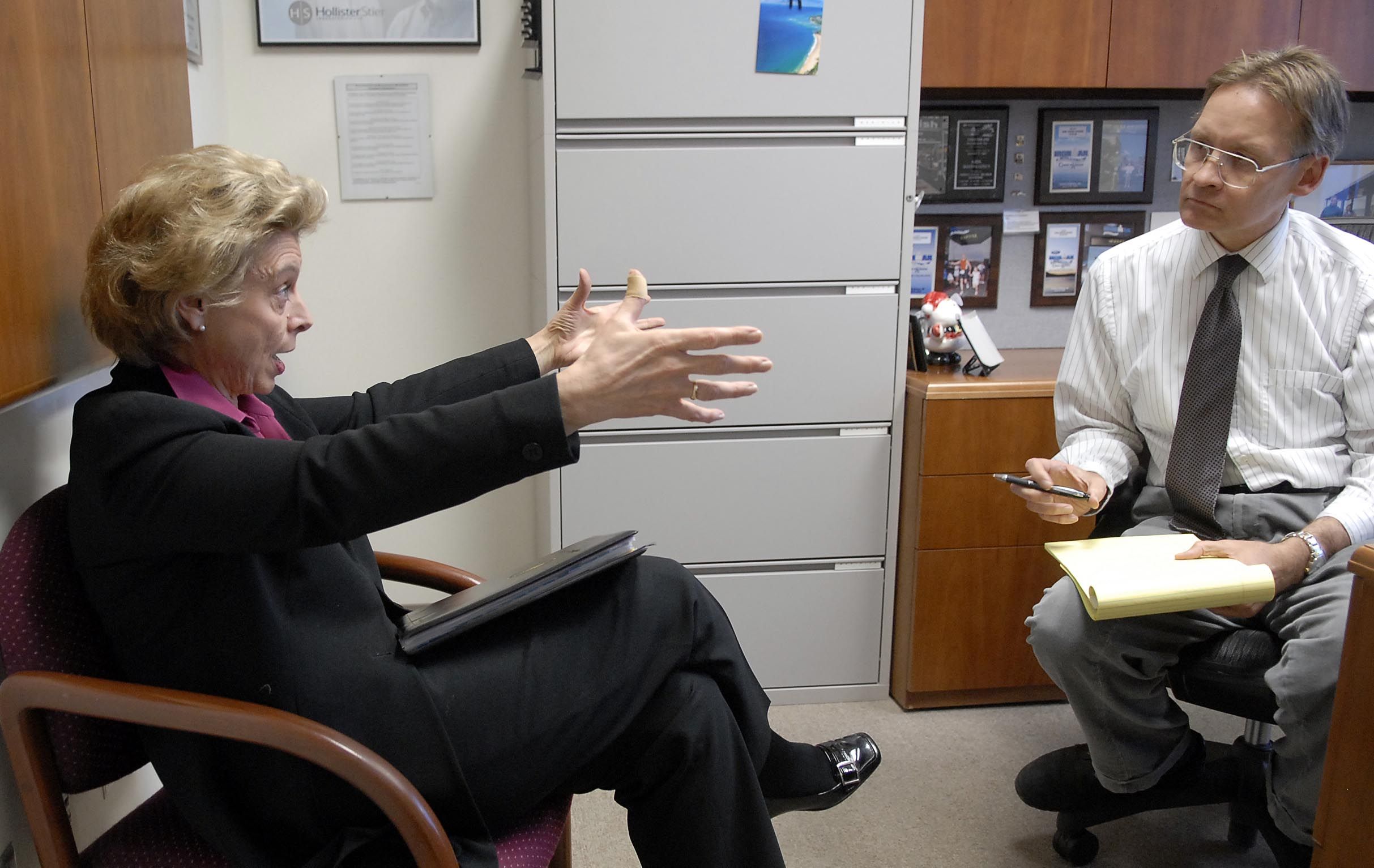Smile when you call it “weed”
So says the state Noxious Weed Control Board, which recently discussed whether various forms of cannabis, from recreational marijuana to industrial hemp, should be considered for its list of plants that need to be controlled. . .
To continue reading, or to comment, continue inside the blog.
. . . True to its nickname, some strains of cannabis do act like weeds. Their seeds can be spread by wind, birds and varmints, sprout and take root. Unwanted plants can shoot up in ditches, pastures and fields of other commodities. That’s a problem now in some Midwestern states where hemp was grown commercially decades ago.
Hemp, scientific name cannabis sativa, is on the North American Noxious Weed List, along with toadflax and henbain, Dyers woad and field bindweed. It’s not on the considerably longer state Noxious Weed List, which is updated yearly in a process that involves extensive public notices, hearings and testimony.
Some
That came up for discussion at a recent state weed board meeting in Chelan, Board Chairman Tony Stadelman of
Plants that are grown for either the recreational or medical marijuana markets aren’t expected to cause a problem, said Alison Halpern, the board’s executive secretary. Pot farmers who know what they are doing only grow the female plants, which are high in the chemicals that either produce the “high” desired for recreational strains or the palliative properties found in medicinal strains. They are grown from cuttings or “clones” and harvested before they produce seeds.
Industrial hemp is different. Those strains, which are strain low in those chemicals, are grown for fibers, and female plants are often pollinated and go to seeds that are harvested. “It has the potential to become weedy,” Halpern said.
That concerns some farmers who grow timothy hay and grass – the lawn kind – for markets that demand certified weed-free products.
The state Agriculture Department is taking a “wait and see” attitude on hemp, spokesman Hector Castro said. The Legislature debated legalizing it this year as a new crop but like most legislation for its more publicized cannabis cousin, those efforts died when time ran out.
Betwee the Liquor Control Board monitoring recreational marijuana and the state Agriculture Department controlling hemp if it’s legalized, “hopefully they’ll take care of it,” Stadelman said. If not, there could come a day when the Weed Control Board will need to come up with rules to control weed that’s gone to weed.
